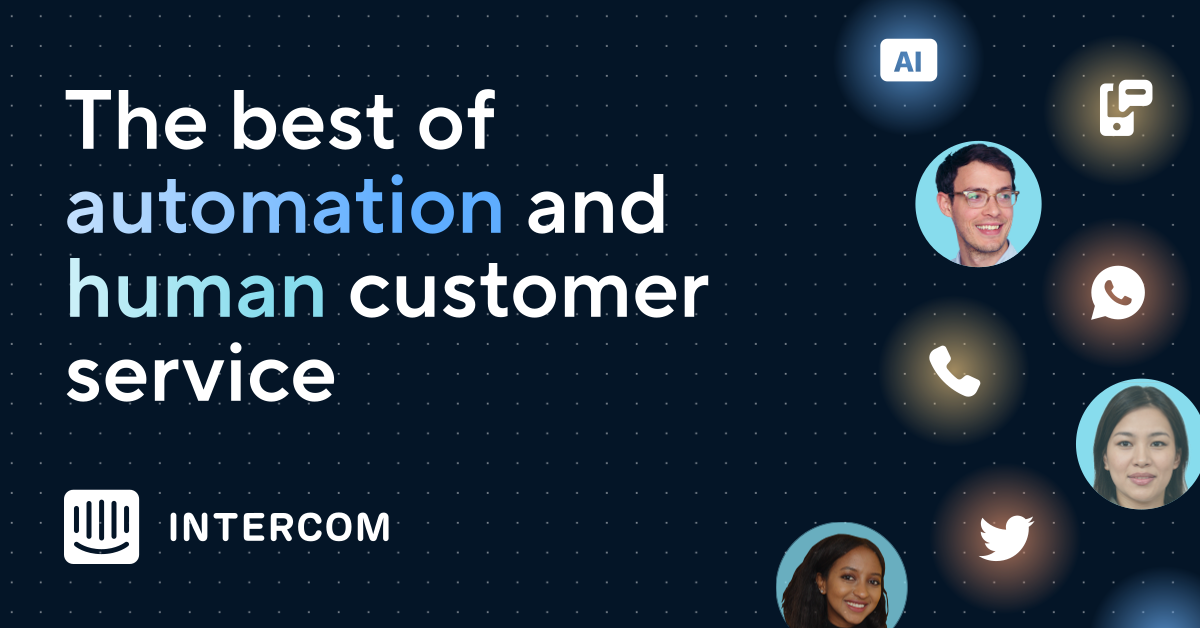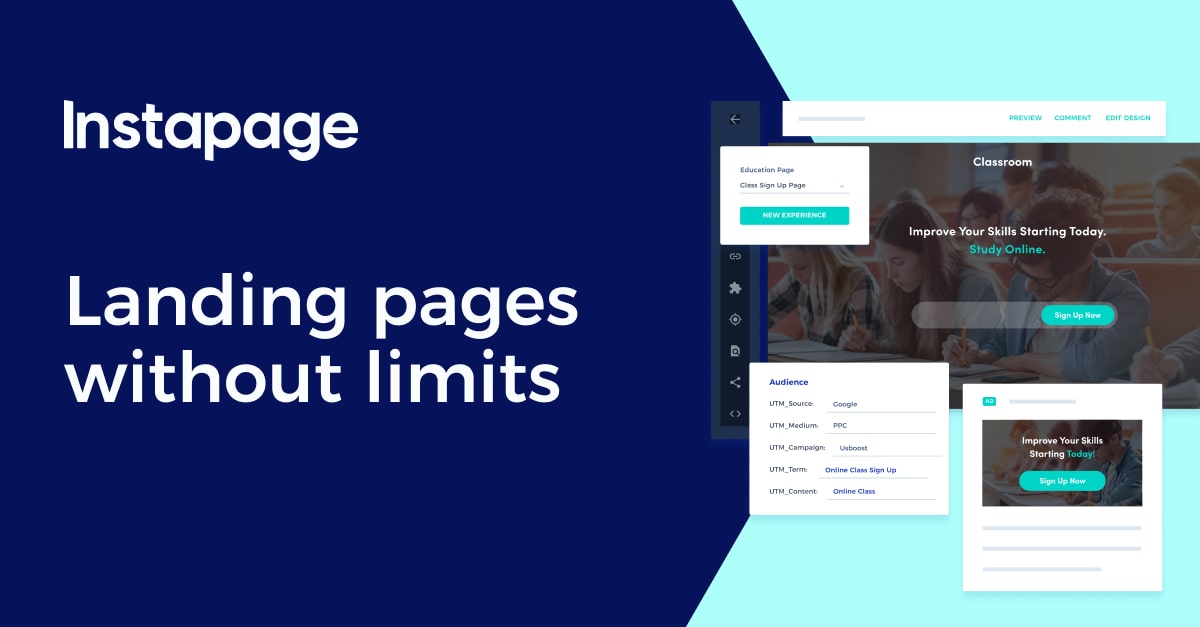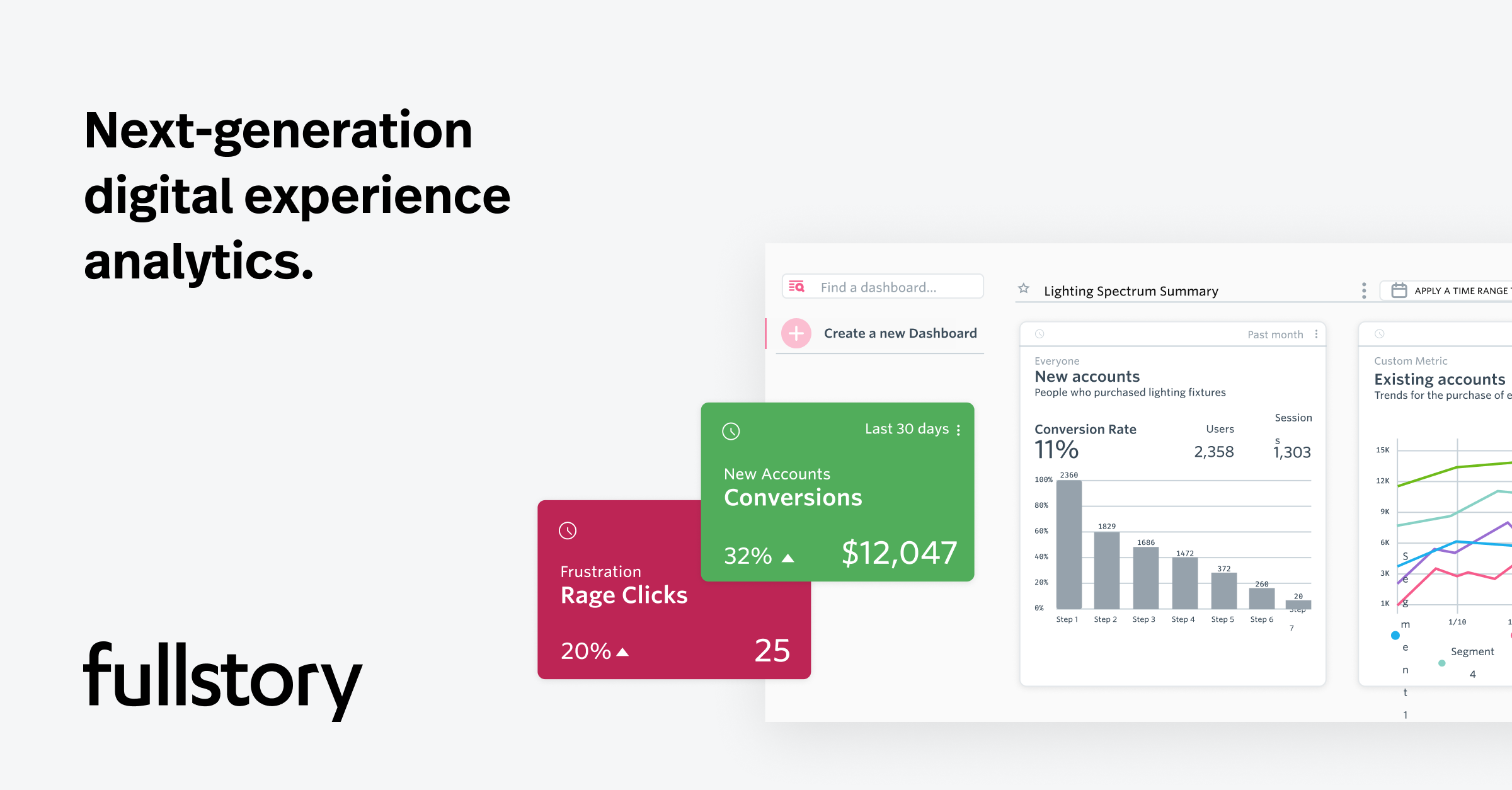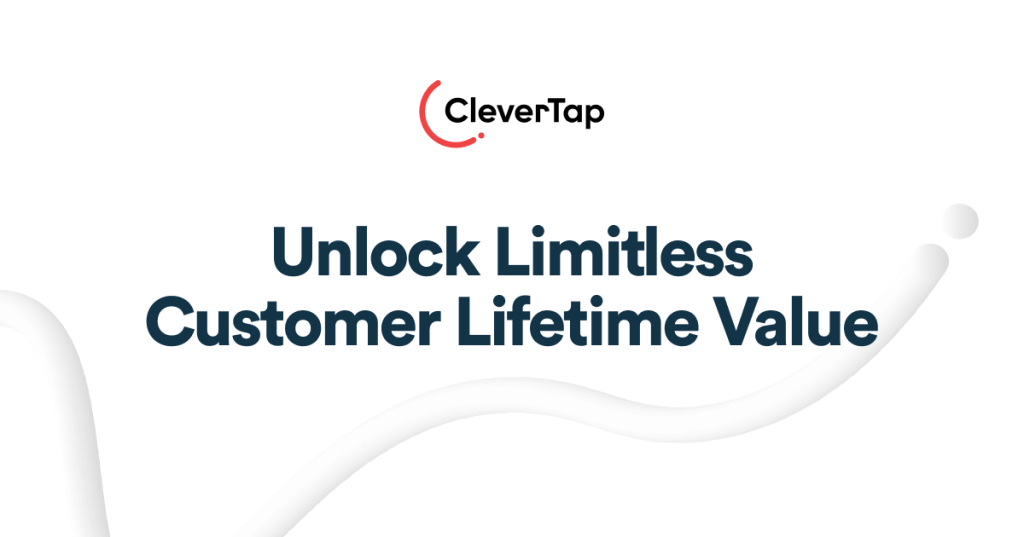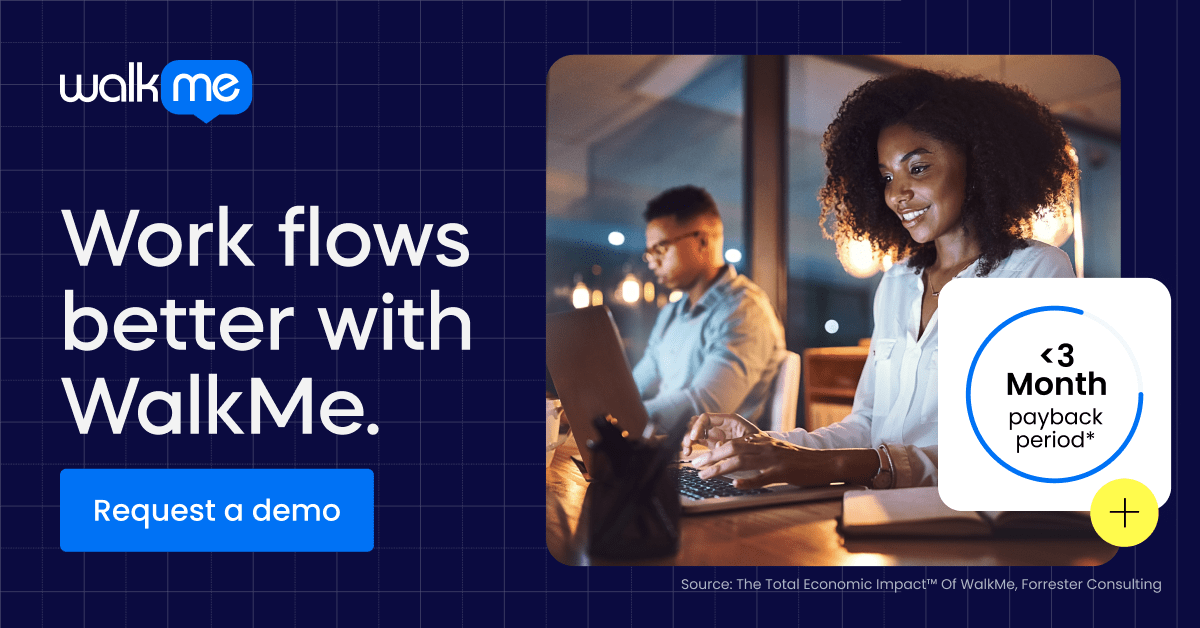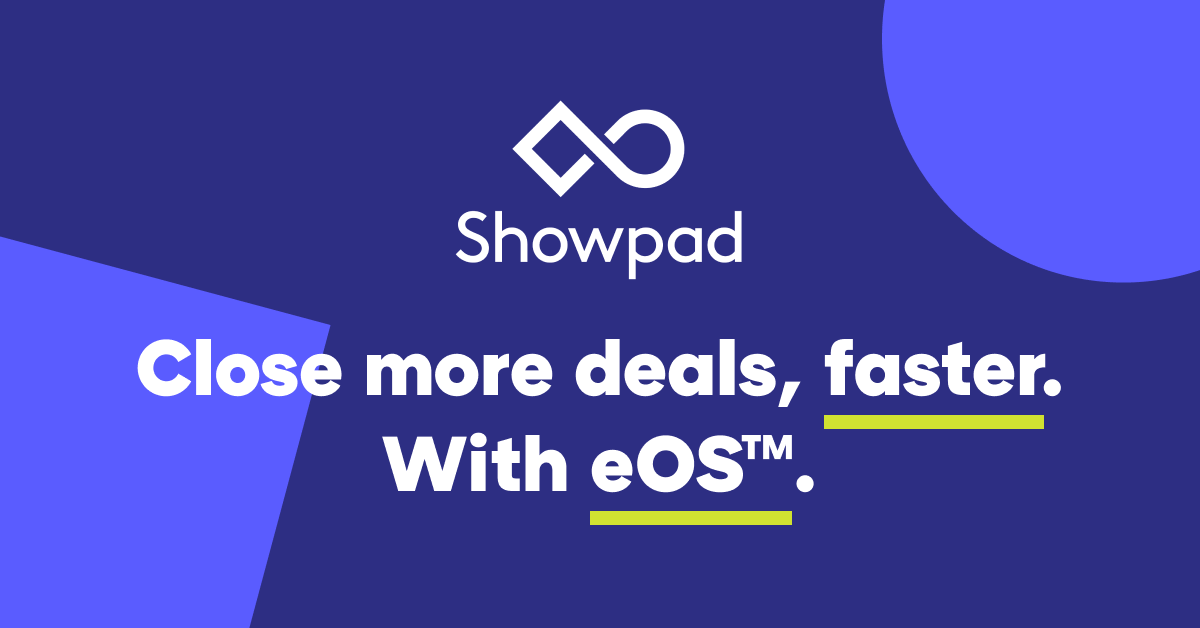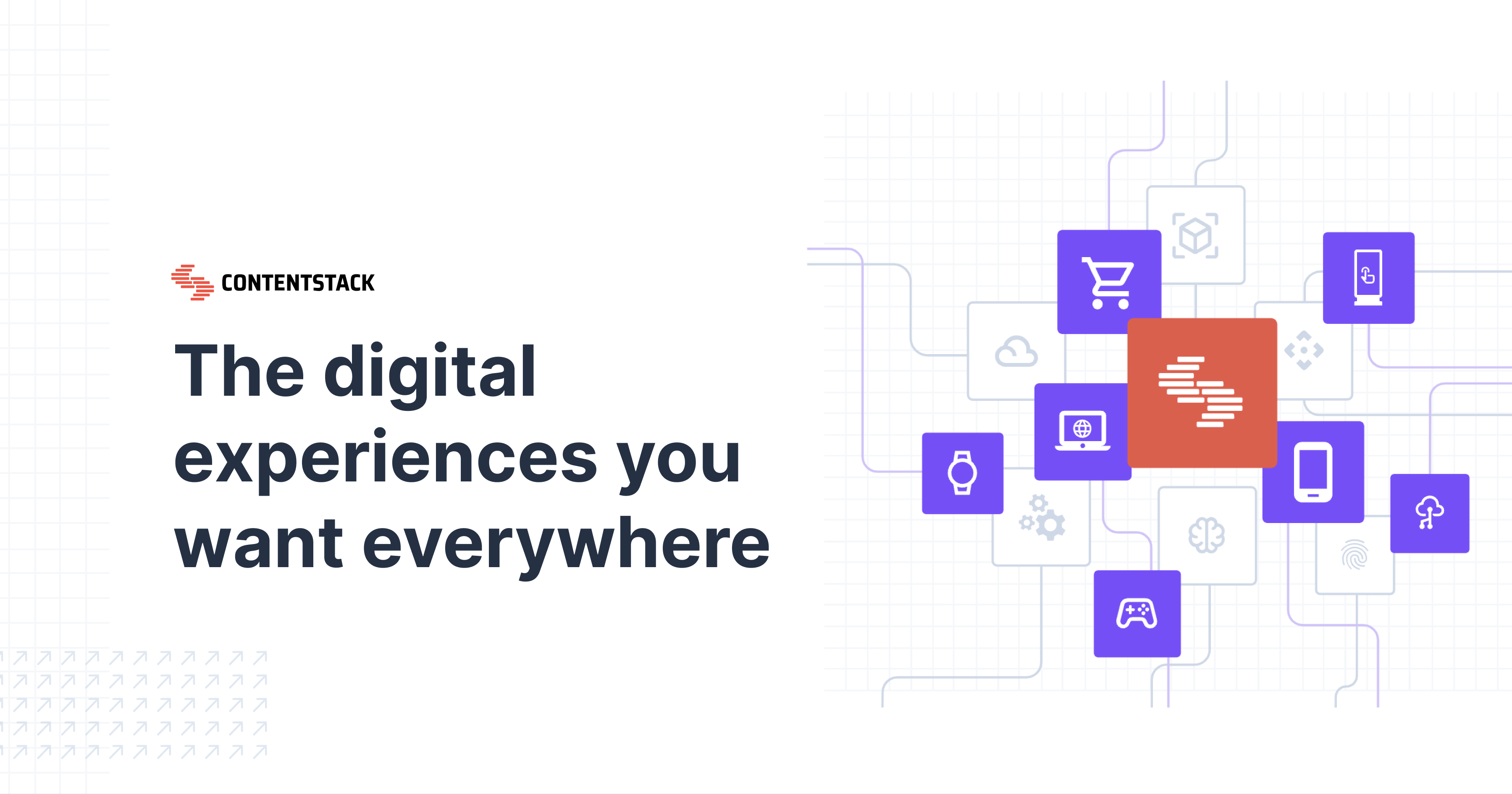Introduction
Digital adoption, also called digital adoption platforms (DAPs), involve software and techniques that guide users towards proficiency and engagement with digital products and services. As more aspects of work and life move online, effectively onboarding and supporting users has become crucial for driving activation, retention and maximizing value. This blog evaluates the leading DAP options based on their features, performance metrics and customer traction to help organizations choose the right partner for their needs.
Methods of Evaluation
Each platform is evaluated based on its core capabilities for guided experiences, analytics and personalization. Customer base size and industry traction are also considered to gauge real-world adoption. Public metrics like backlinks, traffic and keyword trends are leveraged as additional indicators of market presence and authority using tools like SEMrush and Ahrefs. Finally, common use cases and reasons for consideration are outlined based on vendor positioned strengths. This multidimensional approach aims to present the most well-rounded view and data-backed rankings of the top performing digital adoption platforms.
1. Adobe Target
Adobe Target is a leading digital adoption and personalization platform that helps companies test and optimize the customer experience across digital touchpoints. As part of Adobe’s Experience Cloud, Adobe Target seamlessly integrates with the Experience Manager and Experience Platform to deliver personalized experiences at scale.
Pros: Some key advantages of Adobe Target include:
– Integrated A/B testing and personalization capabilities
– Seamless SDKs for implementing experiments across web and mobile apps
– Large customer base and ecosystem of partners for support
Cons: A potential disadvantage is the higher cost compared to some open-source and smaller vendor options.
Pricing: Adobe Target pricing starts at $150 per month for 1 million monthly visitors. Plans scale up based on number of visitors with additional premium features and support available in higher tiers.
Some key stats about Adobe Target include:
– Used by over 5000 brands worldwide including Starbucks, IKEA, and McDonalds
– Processes over 1 trillion experiments annually
– Integrated with over 400 partner technologies
2. Intercom
Intercom is a leading digital adoption and customer communication platform. Founded in 2011 and based in San Francisco, Intercom aims to make business messaging better by combining powerful automation tools with human support. With over 25,000 paying customers worldwide, Intercom helps companies drive more value from their messaging and in-app experiences.
Pros: Some key advantages of Intercom include:
– Well-established live chat and messaging platform
– Enhanced in-app features that help boost digital adoption and engagement
– Automated tools that help surface the right messages to the right users
– Ideal for companies already relying on messaging for customer support
Cons: One potential disadvantage is that Intercom is predominantly focused on messaging and in-app communications compared to some competitors that offer a broader set of digital experience tools.
Pricing: Intercom pricing starts at $99 per month for the Starter plan which supports up to 10,000 monthly users. Other tiers include Pro, Business and Enterprise plans priced upwards depending on user numbers and advanced features required.
Some key stats about Intercom include:
– Over 1.5 billion end users reach globally
– Features integrated in over 500,000 mobile and web applications
– Supports over 25 messaging channels including web, mobile, email and more
– named a leader in the 2021 Gartner Magic Quadrant for Digital Experience Platforms
3. Instapage
Instapage is a leading digital adoption and landing page platform. Founded in 2011, Instapage helps companies of all sizes drive more leads, sales, and customer happiness. From individuals to enterprises, more than 20,000 customers rely on Instapage to optimize marketing campaigns and product onboarding.
Pros: Some key advantages of Instapage include:
– Leading landing page builder supports guided flows
– Can power both website and in-app onboarding journeys
– Affordable self-service tool for growth teams
– Intuitive drag-and-drop interface is easy for non-technical users
– Robust analytics and reporting for optimizing conversions
Cons: One potential disadvantage is that more advanced customizations may require coding knowledge or hiring a developer for complex integrations. However, for many basic to intermediate use cases the no-code option is quite sufficient.
Pricing: Instapage offers flexible pricing plans starting from free for up to 10 pages to paid plans ranging from $49-149 per month based on number of pages and landing page views.
Some key stats about Instapage include:
– Processed over 1 billion web visitors
– Built over 5 million landing pages
– Integrates with dozens of marketing tools like Salesforce, Marketo, Hubspot, and Google Ads
– Named a leader in digital adoption platforms by prominent analyst firms
4. Tally
Tally is a digital adoption platform that helps companies better onboard users and capture feedback. Founded in 2021, Tally has grown quickly to support thousands of organizations and their digital transformations. With an intuitive interface and powerful functionality, Tally provides an all-in-one solution to engage users and improve processes through guided experiences.
Pros: Some key advantages of Tally include: dedicated solution focused entirely on onboarding, template marketplace eases creation of tailored flows, and affordable pricing helps justify quick deployment.
Cons: As a relatively new company, Tally has fewer features than some competitors but continues to innovate and add functionality regularly based on customer feedback.
Pricing: Tally offers flexible pricing plans starting from a Free forever plan for basic usage up to Enterprise plans customized for large deployments. Standard plans range from $10-50 per month based on the number of users.
Some key stats about Tally include: used by over 5,000 companies globally, customizable template library with over 100+ pre-built templates, supports over 42 languages, and integrates seamlessly with over 100+ apps including Slack, Jira, Google Workspace and more.
5. FullStory
FullStory is a leading digital experience intelligence platform. It provides companies with insights into how customers interact with their digital properties like websites and mobile apps. This allows companies to identify issues, improve workflows, and optimize conversions. FullStory anonymizes and aggregates user behavior to protect individual privacy.
Pros: Some key advantages of FullStory include:
– Session replay analytics reveal full user flows and path to conversion or abandonment.
– Qualitative and quantitative insights serve as actionable guidance for improvements.
– Offers customizable dashboards for consolidated access to insights and data.
Cons: A potential disadvantage is that FullStory requires the installation of tracking code on websites and apps being monitored which some may view as negatively impacting page load times or user privacy despite anonymization.
Pricing: FullStory offers three pricing tiers based on the number of monthly active users:
– Basic: Free for up to 10,000 MAUs, $99/month for 10,000-100,000 MAUs
– Pro: $199/month for 100,000-500,000 MAUs
– Elite: Custom pricing for over 500,000 MAUs
Some key stats about FullStory include:
– Used by over 10,000 companies worldwide including 65% of the Fortune 100.
– Collects insights from over 1 trillion monthly user interactions across digital properties.
– Average customers see a 49% reduction in support tickets after implementing FullStory.
6. CleverTap
CleverTap is an AI-powered customer lifecycle management platform that helps companies retain existing customers and find new ones. Founded in 2013, CleverTap today has offices in Sunnyvale, Seattle, London, Singapore, and Mumbai. CleverTap aims to maximize customer lifetime value through personalized customer engagement and marketing across multiple channels.
Pros: Some key advantages of CleverTap include:
– Leading mobile marketing and engagement platform
– Solid digital adoption features as part of full-funnel solution
– Strong for mobile-first companies with cross-platform support
– Powerful segmentation and personalization capabilities
– Many out-of-the-box templates for various use cases
Cons: A potential disadvantage is the more complex setup and steeper learning curve compared to simpler marketing platforms. Given its breadth of capabilities, there is a larger upfront time investment to fully implement all CleverTap features.
Pricing: CleverTap has multiple pricing plans including Freemium, Professional ($99/month), Advanced ($199/month), and Enterprise (custom priced). Pricing is based on the number of end-users in your app. The Freemium tier supports up to 10,000 users/month.
Some key stats about CleverTap include:
– Over 8,000 brands worldwide trust CleverTap to maximize customer lifetime value
– Processes billions of interactions every day
– Seamless support for websites, mobile web, Android, and iOS apps
– Integrates with 150+ channels including email, SMS, push notifications, in-app, and more
7. WalkMe
WalkMe is a Digital Adoption Platform (DAP) that helps organizations drive adoption and success with their software. Founded in 2011, WalkMe has grown to serve over 2,500 customers worldwide including large enterprises across many industries. WalkMe is based in San Francisco with offices in Tel Aviv and London.
Pros: Key advantages of WalkMe include:
– Widely adopted solution trusted by leading enterprises globally
– Comprehensive platform that supports all aspects of digital adoption
– Continuously enhanced with new capabilities to stay ahead of the competition
– Data and analytics provide insights to optimize user experiences and adoption
Cons: One potential disadvantage is WalkMe’s price which may be too expensive for some smaller organizations or individual apps/sites. However, WalkMe provides flexible pricing models to address different needs.
Pricing: WalkMe offers both perpetual and subscription-based pricing models. Pricing is based on the number of monthly active users with discounts available for multi-year subscriptions. WalkMe also offers free trials and product demonstrations.
Some key stats about WalkMe include:
– Over 2,500 customers globally including many Fortune 500 companies
– Feature-rich platform supporting guided tours, in-app messaging, tooltips and more
– Actively developed product with new predictive guidance and AI assistant features added regularly
8. AB Tasty
AB Tasty is a digital experience optimization platform that allows companies to run experiments, personalize experiences, and optimize digital products. Founded in 2013 and headquartered in Paris, France, AB Tasty uses AI and machine learning to help companies test changes, analyze results, and improve experiences and conversions.
Pros: Some key advantages of AB Tasty include:
– Leading A/B testing platform with DAP capabilities
– Personalize digital experiences based on user attributes
– Advanced segmentation allows targeting different groups
– Real-time analytics and reporting on experiment results
– Feature flags and flag management for controlling features
Cons: One potential disadvantage is that the platform may be overkill for some smaller companies or projects with limited testing needs. The pricing could also be considered expensive compared to some simpler alternatives.
Pricing: AB Tasty offers both freemium and paid plans. The free plan provides basic testing capabilities. Paid plans start at $995/month for small teams and go up based on team size and usage.
Some key stats about AB Tasty include:
– Over 2,000 customers worldwide including Forbes Global 2000 companies
– Processes over 1 billion experimental events per month
– Achieves an average 15-20% lift in key metrics from experiments
9. Retool
Retool is a no-code application development platform that allows users to build internal tools, workflows, and digital products without writing any code. Founded in 2020, Retool aims to make the process of software development faster and more accessible for both technical and non-technical users.
Pros: Some key advantages of Retool include:
– No-code design that allows both technical and non-technical teams to build powerful software quickly
– Flexible prototyping capabilities to rapidly iterate on ideas
– Integration with popular databases and APIs to build dynamic, data-driven applications
– Visually engaging templates and design components for creating elegant user interfaces
Cons: One potential disadvantage is that since Retool applications are no-code, they may have limitations compared to fully custom-coded software solutions. The types of applications that can be built are limited to the templates and building blocks available in Retool.
Pricing: Retool offers three pricing tiers:
– Free Plan: Allows building apps with up to 2 concurrent users
– Team Plan: Starts at $99/month for up to 5 users and provides more storage and third-party integrations
– Business Plan: Custom pricing that scales based on team size and includes additional premium features
Some key stats about Retool include:
– Used by over 10,000 companies including Netflix, Squarespace, and eBay
– Allows creation of apps in just days or weeks compared to months of development with traditional software development methods
– Supports a variety of programming languages including JavaScript, Python, and Go through its API capabilities
10. WhatsHelper
WhatsHelper is a digital adoption platform software that helps companies onboard users and provide helpful information. With over 130,000 users, WhatsHelper is used by major companies like Amazon, Hertz and Shipt to build intuitive knowledge bases.
Pros: Some key advantages of WhatsHelper include:
– Easy to deploy and get up and running quickly
– Ideal for small teams needing a simple digital adoption solution
– Allows users to search a knowledge base or get answers to common questions
– Affordable pricing that works for small and medium-sized businesses
Cons: One potential disadvantage is that the features are more basic compared to some more expensive digital adoption platform options. It may not be suited for extremely large and complex implementations.
Pricing: WhatsHelper offers affordable monthly pricing starting at $25 per month for the basic ‘Starter’ plan. Pricing increases up to $99 per month for larger teams and implementations with additional features and support included.
Some key stats about WhatsHelper include:
– Used by over 130,000 users worldwide
– Customers include large enterprises like Amazon, Hertz and Shipt
– Simple and lightweight solution that works on both web and mobile
– Affordable monthly pricing starting at $25/month
11. Showpad
Showpad is a leading digital sales enablement platform that helps companies improve sales performance. Founded in 2011 and headquartered in Leuven, Belgium, Showpad combines training, coaching and content solutions into a single platform to empower sales teams.
Pros: Some key advantages of Showpad include:
– Leader in digital sales enablement with robust capabilities tailored for sales teams
– Strong guided selling, learning and analytics capabilities to coach teams and measure effectiveness
– Large knowledge base and customer community to learn from industry peers utilizing the platform
Cons: The main potential disadvantage is the solution requires investment and implementation to fully realize the benefits compared to simpler training platforms.
Pricing: Showpad offers flexible pricing plans starting from $49/user per month for the basic plan up to custom enterprise plans. Additional users, advanced features and support are available in higher-tier plans to suit teams of all sizes.
Some key stats about Showpad include:
– Used by over 2,500 customers worldwide including brands like Cisco, Dell, Lenovo and SAP
– Facilitated over 30 million guided sales calls
– Delivered over 200 million pieces of content to sales teams
12. Appcues
Appcues is a digital adoption platform that helps companies improve user onboarding, engagement, and retention. Founded in 2014, Appcues uses artificial intelligence to personalize in-app messages and recommendations based on individual user behavior. With offices in San Francisco and Amsterdam, Appcues works with over 2,000 customers worldwide including Doordash, Realpage, and Anthropic.
Pros: Some key advantages of Appcues include:
– Personalized product experiences based on individual user behavior patterns
– Engaging microinteractions and content to help drive in-app actions
– Partnership with Anthropic enhances AI conversational guidance capabilities
– Flexible platform integrates with all web and mobile apps via simple SDK integration
Cons: A potential disadvantage is that Appcues is mostly focused on personalized in-app guidance versus task-based training and documentation that some competing solutions provide.
Pricing: Appcues offers different pricing tiers based on the number of monthly active users (MAU). Pricing starts at $99/month for up to 1,000 MAU and goes up to custom enterprise plans for very large deployments.
Some key stats about Appcues include:
– Over 2,000 customers worldwide across industries like SaaS, ecommerce, fintech, and more
– AI-powered personalization engine learns from 500 billion+ user interactions
– Average revenue growth of 100% year-over-year
– Named a Leader in the 2022 Gartner Magic Quadrant for Digital Adoption Platforms
13. Gainsight
Gainsight is a leading customer success management and product experience platform. Founded in 2009 and based in San Francisco, Gainsight helps companies retain more of their existing customers through its software solutions.
Pros: Key advantages of Gainsight’s platform include: Dedicated focus on digital adoption alongside customer success management features, Strong track record and reputation in the CSM space, Well suited for subscription businesses managing long term customer relationships and renewals.
Cons: A potential disadvantage is the platform may be overkill for some smaller businesses with simpler needs. The premium pricing could also be prohibitive for some smaller budget companies.
Pricing: Gainsight offers flexible pricing plans including: Starter (billed monthly starting at $2K/month), Pro (billed annually starting at $36K/year), and Enterprise (custom priced). Add-on capabilities like additional user licenses, longer data retention, and advanced integrations have additional fees.
Some key stats about Gainsight include: Powering customer success programs for over 1000 companies globally, Supported over 10 million end users, Monitors over $100 billion in annual recurring revenue for customers.
14. Contentstack
Contentstack is a headless CMS that allows companies to compose digital experiences across multiple touchpoints. Founded in 2013, Contentstack helps organizations future-proof their digital transformation by separating content from presentation to deliver exceptional omnichannel experiences at scale. With Contentstack, users can manage content in a centralized repository and publish to any digital platform.
Pros: Key advantages of using Contentstack include:
– Headless CMS architecture that supports composable digital experiences.
– SDKs available for major platforms to build interfaces quickly.
– Highly scalable and performs well under large traffic loads.
– Intuitive interface for content teams with drag-and-drop editing.
Cons: One potential disadvantage is that it has fewer out-of-the-box integrations when compared to some legacy CMS platforms.
Pricing: Contentstack pricing consists of 3 tiers – Solo, Professional and Enterprise starting from $99/month for Solo to custom enterprise plans. Pricing is based on the number of API requests, users, and other advanced features required.
Some key stats about Contentstack include:
– Used by over 250 enterprises globally including Dunkin’, Chase, McCann, and Kohls.
– Supports 15+ languages out of the box with additional options.
– Provides pre-built connectors for major digital platforms like Salesforce, Adobe, Sitecore, and WordPress.
15. UserSnap
UserSnap is a digital adoption and user feedback platform that helps product teams collect user feedback at scale. Founded in 2013, UserSnap is based in San Francisco and has over 10,000 customers including Anthropic, Canva, and Notion. The platform offers a robust toolkit for digital adoption and user research.
Pros: Some key advantages of UserSnap include:
– Robust toolkit with digital adoption features like in-app messaging, tours, and trigger-based modals
– Offers video surveys for capturing qualitative user insight and feedback
– Detailed analytics provide clarity on how users are interacting with products and where they are running into issues
Cons: One potential disadvantage is that the premium pricing tiers may be out of budget for some smaller teams or startups.
Pricing: UserSnap offers three pricing tiers:
– FREE plan for up to 5,000 active users
– PRO plan starting at $49/month for up to 50,000 active users
– BUSINESS plan with custom pricing for over 50,000 active users
Some key stats about UserSnap include:
– Collects over 1 million user feedback entries per month
– Has over 10,000 customers worldwide
– Helps customers improve retention by 13% on average
– Has a Net Promoter Score of 84 from customer satisfaction surveys
Conclusion
While all the platforms assessed offer compelling value for digital adoption, some stand out with stronger capabilities, larger customer bases and more established market presence. Leaders like WalkMe, Intercom and Adobe Target maintain top positions due to comprehensive feature sets, customer support for wide deployments, and analytics to optimize user journeys. Emerging categories around lightweight solutions and AI-driven personalization are increasing choice and flexibility. Overall, digital adoption remains mission critical as digital experiences continue proliferating across industries. Selecting the right partner can meaningfully impact user outcomes, retention and long term success.





